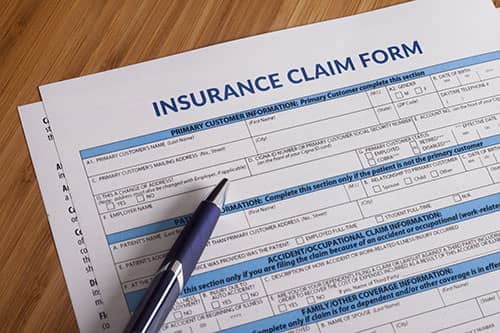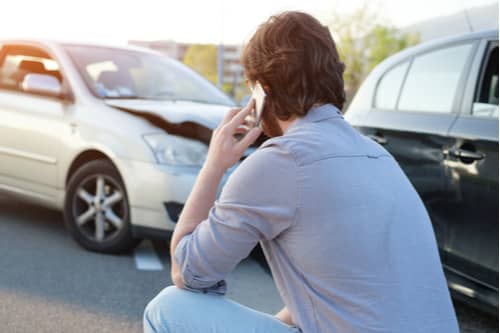A runaway driver lost control of his car northwest of Marietta; the crash seriously injured a motorist on the other side of the road.
The crash took place in Paulding County, not far from the Seven Hills/Bentwater area. Authorities state that 51-year-old Andrew Litt, of Acworth, was eastbound on Cedarcrest Road and travelling at a high rate of speed. He apparently missed a curve and careened into the westbound lanes, directly in the path of 59-year-old Barbara Strawn, of Kennesaw.
Mr. Litt, who was not wearing a seatbelt, was pronounced dead at the scene. Ms. Strawn was rushed to a nearby hospital with serious injuries, but she is expected to survive.
Duty in a Speeding Case
Drivers have a duty of reasonable care while they are on the road. In terms of velocity, drivers may breach this duty of care even if they are travelling below the posted speed limit. That figure is presumed to be a reasonable speed under ideal conditions: dry pavement, unlimited visibility, no mechanical problems, and no driver impairment.
Many times, conditions are less than ideal. The pavement may be slick from ice or snow, gusty winds might make it difficult to control the vehicle, there may be fog or rain, or the vehicle may have a known mechanical problem, like a donut spare tire. In these and other adverse conditions, drivers have a duty to slow down even further.
Cause in a Speeding Case
Speed increases both of the components of braking distance. The faster a vehicle’s velocity, the more distance it travels before the driver’s foot goes off the gas pedal, onto the brake pedal, depresses the brake pedal, and physics begin to slow the vehicle. Although such a maneuver only takes a fraction of a second, in that amount of time, a car traveling 70 mph travels about 60 feet in that window. Even after the brakes are applied, it takes still longer for the vehicle to actually stop (about 200 feet at 70mph). In the case of a truck wreck, the risk is magnified, because almost any sudden brake application may cause the rig to jackknife.
Speed also greatly increases the force of a collision. According to Newton’s second law of physics, force is the mass of an object multiplied by the rate of acceleration. In rudimentary terms, the bigger they are and the faster they are moving, the harder they fall.
In terms of car wrecks, speed transforms non-injury “fender benders” into serious and even fatal crashes. The same thing applies to the secondary collision: a bump on the head becomes a traumatic brain injury.
Damages in a car crash case typically include compensation for both economic damages, like lost wages and medical bills, as well as noneconomic damages, like pain and suffering. In fact, the state places no limit on the amount of consequential damages that a plaintiff receives. In excessive speed cases, punitive damages may also be available.
A speeding car is one of the most deadly objects on a street or highway. For a free consultation with an experienced personal injury attorney in Fayetteville, contact the Wade Law Firm. You have a limited amount of time to act.









